SCI Bowel Management – Introduction
One of the goals of the WheelchairJohn Blog is to share an honest account of living with a disability. Although I am happy with life, there are things that I need to do, which I dislike. One of the worst is the 2.5 hours in the mornings. The time is devoted to my SCI Bowel Management. My Spinal Cord Injury requires I spend a long time sitting on the toilet, showering, drying and getting dressed in bed. There are days it takes over three hours. If you would like to read about why I acquired a spinal injury, please click here.
To share the morning process with you, I will be describing the exact details of what I do. And how my body works for this process. Fortunately for you, I am not including photographs of my body during SCI bowel management!
Before I commence my SCI Bowel Management…
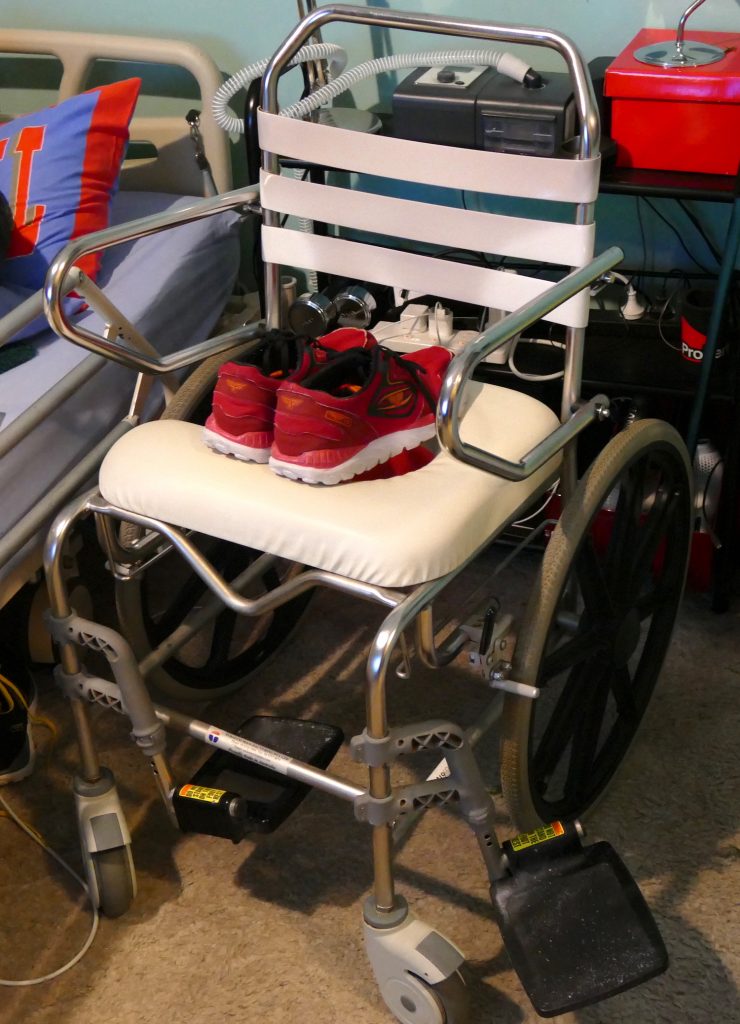 After I wake up, I have breakfast, and my situation regarding sleeping can be read here. Ever since my wife left her family and stopped providing help, my morning routines are done without assistance. This may change into the future, as I age, or other factors make it more beneficial to get help from carers. Many of my friends with an SCI, have carers assist them in the mornings. Typically the reason is they have a higher level of SCI, while I have T3 paraplegia. The gym work I perform three times a week and the two swimming sessions assist in maintaining and hopefully improving my upper body strength.
After I wake up, I have breakfast, and my situation regarding sleeping can be read here. Ever since my wife left her family and stopped providing help, my morning routines are done without assistance. This may change into the future, as I age, or other factors make it more beneficial to get help from carers. Many of my friends with an SCI, have carers assist them in the mornings. Typically the reason is they have a higher level of SCI, while I have T3 paraplegia. The gym work I perform three times a week and the two swimming sessions assist in maintaining and hopefully improving my upper body strength.
Getting onto the Shower Chair
Following breakfast and medications, I throw my bed linen and leg pillows off the bed. Then disconnect my leg bag from the overnight bottle, and attach the bag to my leg. The previous night my carer left the shower chair next to my bed with a pair of shoes. This chair is self-propelled and has moveable arms and foot supports. The cushion is made of foam and has a washable cover, and the hole allows me access to my rear end. The majority of similar chairs have an opening at the front or the back, however, my gap is on the right. Simply put, the reason is that I am right handed. My left side doesn’t have sufficient dexterity to get the job done. What job? Read on!
The shoes are used to help with the transfer and to protect the feet. Transfers are safer when wearing shoes, as the shoes grip better on carpet than bare feet. I want my feet to stay roughly in the same place when I perform a pivot transfer. After attempting, but failing, to find a good video on youtube to explain a pivot transfer, in the future, I will share a video. After putting the shoes on, I move my legs onto the floor, adjust the height of the bed and the location of the chair. And perform a successful pivot transfer. Just once I have failed and ended up on the floor.
I move the footplates into position and place both feet on the plates. The shoes protect my feet from skin tears from the plastic footplates. Now I push myself towards the toilet.
SCI Bowel Management and the toilet
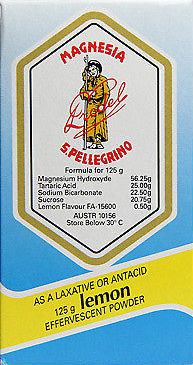 It may surprise you that I only defecate once every two days. My body copes well with this scenario. I know of other people whose SCI bowel management occurs every four to five days. There were times I attempted to defecate only every three days, and I couldn’t do this. Last time I tried, I experienced abdominal pain and bleeding, as my bowels can only hold so much! As it takes around 2.5 hours from the time I leave my bed until I am dressed again, defecating every other day is a time saver. I also find the process physically demanding.
It may surprise you that I only defecate once every two days. My body copes well with this scenario. I know of other people whose SCI bowel management occurs every four to five days. There were times I attempted to defecate only every three days, and I couldn’t do this. Last time I tried, I experienced abdominal pain and bleeding, as my bowels can only hold so much! As it takes around 2.5 hours from the time I leave my bed until I am dressed again, defecating every other day is a time saver. I also find the process physically demanding.
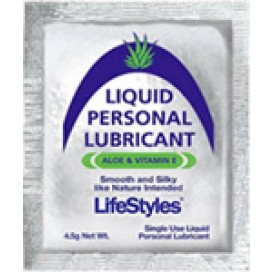 During the previous evening, I have taken 10ml of laxative. The brand I use is ‘Magnesium San Pellegrino’. On the way to the toilet, I collect three sachets of personal lubricant, two bisacodyl enemas and latex gloves. After selecting something to watch on Netflix and grabbing a book, I move the shower chair over the toilet. Multitasking while defecating helps to take the focus off what I need to do with the items I mentioned.
During the previous evening, I have taken 10ml of laxative. The brand I use is ‘Magnesium San Pellegrino’. On the way to the toilet, I collect three sachets of personal lubricant, two bisacodyl enemas and latex gloves. After selecting something to watch on Netflix and grabbing a book, I move the shower chair over the toilet. Multitasking while defecating helps to take the focus off what I need to do with the items I mentioned.
My body needs much help in getting the waste products into the toilet bowl. In addition to the laxative, I regularly consume the stool softener ‘Coloxyl’ as this helps the stool along its journey.
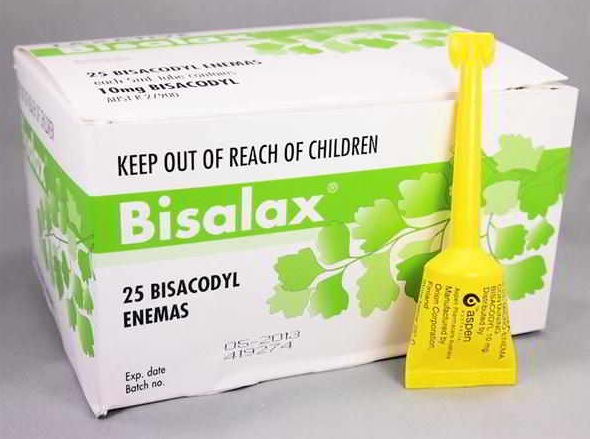 After putting on a glove, I open one of the lubricants and break open the two enemas. Spreading the lubricant fully along each plastic tube is vital to ensure they can be inserted into the anal canal. As I have no sensation, I carefully aim, as the top of the enema can cause scratches. Twice I have caused damage to the surrounding area.
After putting on a glove, I open one of the lubricants and break open the two enemas. Spreading the lubricant fully along each plastic tube is vital to ensure they can be inserted into the anal canal. As I have no sensation, I carefully aim, as the top of the enema can cause scratches. Twice I have caused damage to the surrounding area.
I empty both of the enemas and wait. As some of the content can escape and is slippery, there is a chance I drop the enema into the toilet bowl. When this occurs, I grab my pick-up stick and place the enema into the bin. It is incredible that after a spinal injury, my body, with some help from supplements and laxative, is ready to have a poo. There is a fine line between a good poo, constipation and waking up in a bed of excrement.
The Finger
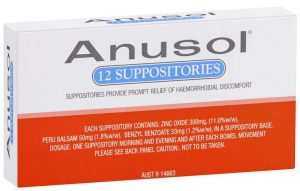 Defecating during rehab was more straightforward and a less time-consuming process for me. Back then the defecation occurred within 20 minutes of applying the enemas. It just dropped out. Now the enemas only produce wind, and nothing comes out. My right index finger is now an essential part of my SCI bowel management routine.
Defecating during rehab was more straightforward and a less time-consuming process for me. Back then the defecation occurred within 20 minutes of applying the enemas. It just dropped out. Now the enemas only produce wind, and nothing comes out. My right index finger is now an essential part of my SCI bowel management routine.
I lubricate this finger of the glove and carefully insert it into my bottom. Just a little stimulation wakes up the sphincter muscles, and a bowel movement occurs. This process is repeated up to twelve times. Once again, the lack of sensation requires 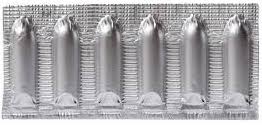 much care on my part. My finger provides an indication of when the process is completed. I attempt to reach as high as possible to ensure my anal canal is clear of faeces, and a recheck helps to prevent bowel accidents later.
much care on my part. My finger provides an indication of when the process is completed. I attempt to reach as high as possible to ensure my anal canal is clear of faeces, and a recheck helps to prevent bowel accidents later.
I insert a suppository ‘Anusol’ as this helps prevent and reduce haemorrhoids, as well as assisting the canal in recovering. All of the disposable items are wrapped into a bag and disposed of in the household garbage. Our local council provides an additional bin, as dealing with my disability increases the volume of our household waste.
Giving me the finger
There have been times in my life when I’ve needed other people to insert their finger into my anal canal. Initially, it was the nurses in Hampstead Rehabilitation Hospital before I could do it myself. At that time the SCI bowel management training required a nurse to double check that the canal was empty. The other time was in Sydney during 2013, following a booking with the travel agent ‘Go Global Travel’. As this was the first time I travelled interstate with a disability, I thought the smart thing to do, was to book with an agent that specialises in disability travel.
Kirstie, from Go Global Travel, arranged for a shower chair, suitable for a paraplegic, to be available to me. Upon arrival, the chair was only suitable for use if a person could walk and sit on the chair. So another chair was arranged, and again it wasn’t adequate, as it gave me no access to my bottom. So my partner, Madie, offered the use of her finger! And we never used that travel agent again. Much better to organise my own travel arrangements, rather than leave it to a person who doesn’t know much about disability. I recently attempted to contact the travel agent, and they no longer have a website. Best for all involved.
The shower
Apart from being in a sitting position, having a shower is standard. Adjust the temperature and flow; wet your body; shampoo your hair; clean your body with soap and a face washer; rinse the shampoo and apply the conditioner; rinse all. The only difference is I spend more time cleaning my bottom, as the toileting can leave a mess down under. Having a handheld showerhead allows me to get the water to all parts of my body. After turning off the shower, I use a towel to pat dry all parts of my body, put on a shirt, grab my clothes and head back to bed.
Getting dressed after the SCI bowel management
Getting back to bed is similar to getting out of bed. Following on from the pat dry, I now focus on drying areas of my body that need to be completely dry. This being the groin and the feet, as excessive moisture causes problems with the skin. Once I am dry, I stretch forward and put my socks on, followed by my underwear. The focus is now on the boys to ensure they sit well within the underwear, and then I put on the tracksuit pants. As the underwear and pants are only partly on, I lie back in the bed, and turn from side to side to pull up the clothing. Finally, I place on the shoes.
What could go wrong with my SCI bowel management?
Too much laxative
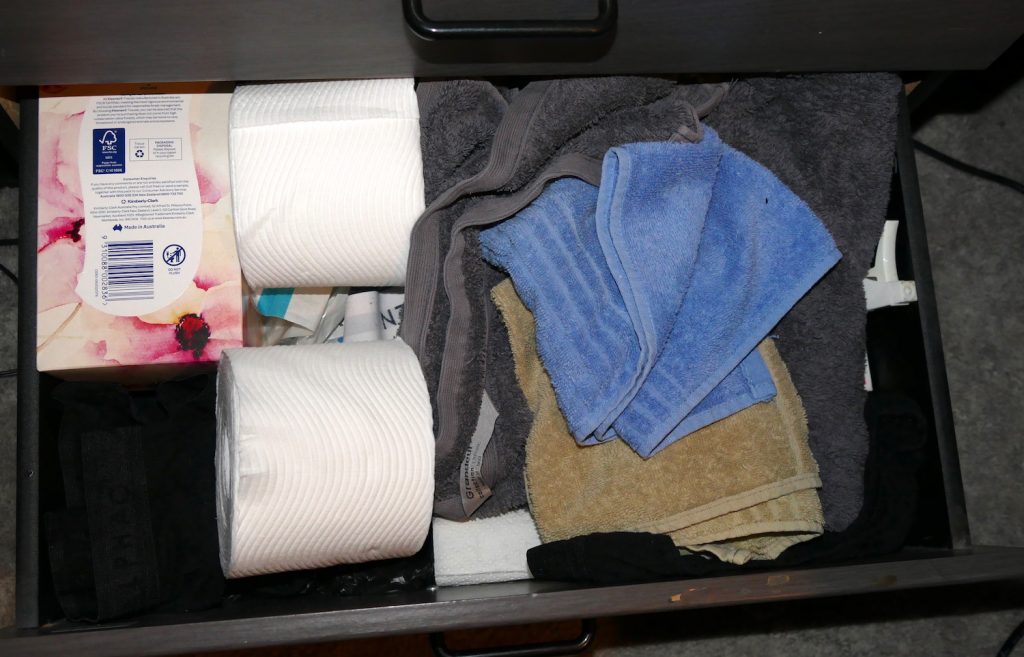 Ten grams of Magnesium San Pellegrino is a massive dose for an able-bodied person, but just about right for me. As the laxative combines with the food I have eaten during the day, there are times when the dosage is too high. Once every 18 months, I wake up to find that my body has decided to defecate in my sleep. It’s usually a pool of brown liquid. After some swearing and wondering if the people that caused my accident would actually realise the full impact of their actions, the cleanup process begins. The items are located next to my bed, and the goal is to allow me to get to the toilet without a trail of excrement on the floor. This takes around 30 to 60 minutes, as it is a difficult task when you are lying down. When I arrive at the toilet, I need to ensure my bowels are completely empty. The showering takes longer as cleaning down below needs more attention. After the shower, I need to replace all the linen on the bed.
Ten grams of Magnesium San Pellegrino is a massive dose for an able-bodied person, but just about right for me. As the laxative combines with the food I have eaten during the day, there are times when the dosage is too high. Once every 18 months, I wake up to find that my body has decided to defecate in my sleep. It’s usually a pool of brown liquid. After some swearing and wondering if the people that caused my accident would actually realise the full impact of their actions, the cleanup process begins. The items are located next to my bed, and the goal is to allow me to get to the toilet without a trail of excrement on the floor. This takes around 30 to 60 minutes, as it is a difficult task when you are lying down. When I arrive at the toilet, I need to ensure my bowels are completely empty. The showering takes longer as cleaning down below needs more attention. After the shower, I need to replace all the linen on the bed.
Other times I make it to the toilet and then discover that I have taken too much laxative. Obviously, this is much easier than the first scenario to deal with. However, it increases the time I take on the toilet by 60 to 90 minutes.
Some days my morning routines take four hours. There are times when the issue is food poisoning or another reason. All of them have a similar effect on my life. ‘Shit happens’ seems to be an appropriate term to be used now.
Bleeding
The bleeding is either 1) due to haemorrhoids 2) inflammation of the anal canal or 3) a cut from the plastic enema.
- Haemorrhoids may form as the area receives much action. The inability to feel what is happening also contributes to the problem. The flow of blood from the burst haemorrhoid can be alarming. Treatment consists of lotion and suppositories, as well as trying to avoid the area until it is healed. Occasionally I would increase the days between defecating, but this requires me to reduce the quantity of food I eat. Haemorrhoids can be treated in the hospital, but I want to avoid this.
- Similar to haemorrhoids, the anal canal can be inflamed due to the frequency and inability to feel it. The flow of blood is much less, and I simply need to be more careful and gentle.
- After twisting the head of the enema, the top of the plastic opening may be sharp. Only once has this caused a scratch, and the solution is to aim well.
Falling
Fortunately, I only have fallen once during a transfer from the shower chair to bed. Confidence plays a big part in being able to live with a disability, and one day in 2011, I lacked this quality during a transfer. After landing on the floor in the nude, I cried and then shouted for help. The only person home was my son, Ben. He had never used a lifter before and probably hadn’t seen his dad in the nude either. Without saying anything (perhaps due to shock), he placed the sling around me, hooked me up to the lifter, and placed me on the bed. Later I visited the hospital to ensure there were no broken bones.
Falling asleep
Before my sleep apnea was diagnosed and managed, I would fall asleep a few times a year against the restroom wall.
The Future of SCI Bowel Management for me
Although I enjoy the independence, and privacy, of managing the morning ablutions by myself, this will change one day. I will get help from carers, and they may even make me a nice breakfast :-).
SCI bowel management is one of the most challenging things I do. Hope you have a better understanding of the life of a person with paraplegia. My personal website is located at https://johnduthie.com/
